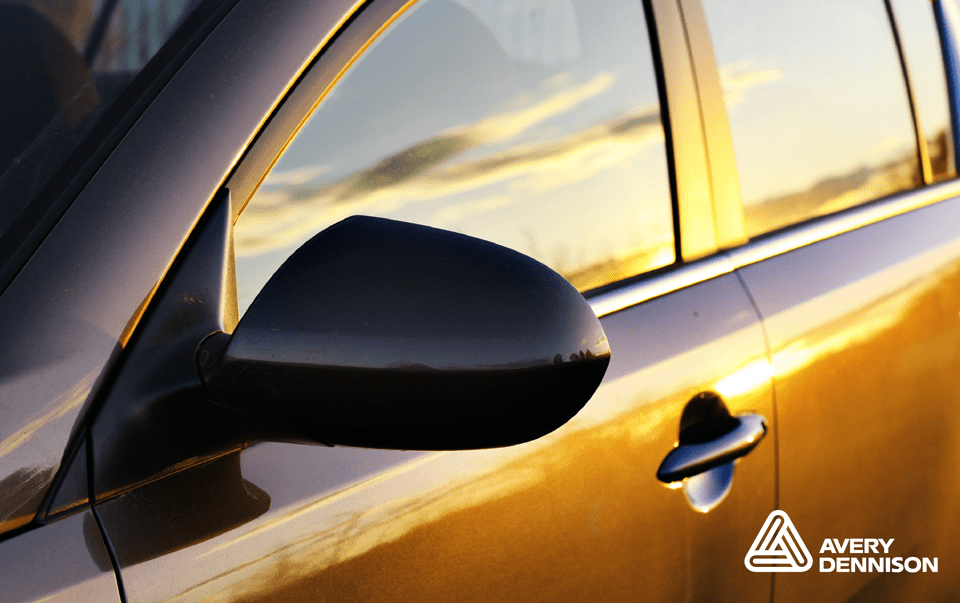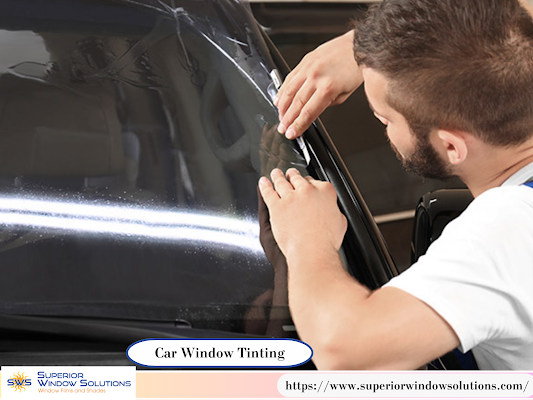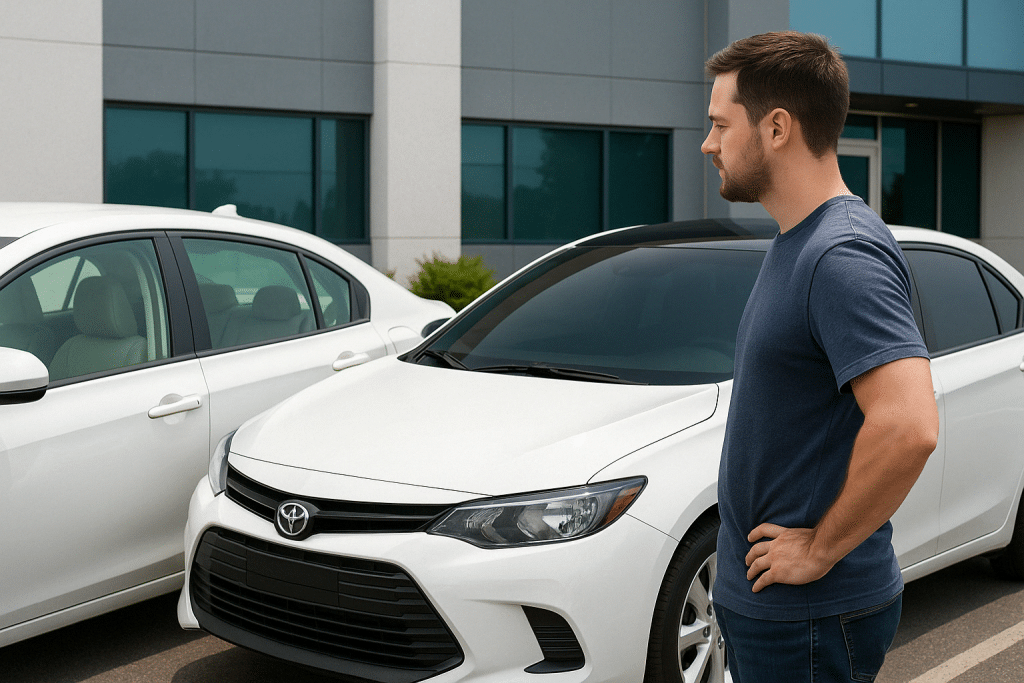When it comes to protecting your vehicle, most people focus on the mechanical aspects of maintenance and overlook the benefits of automotive window tint. However, installing high-quality tint on your car’s windows can provide numerous benefits beyond just improving the appearance of your ride. In this blog post, we will explore the various benefits of automotive window tint and how it can protect your vehicle from damage, make it more comfortable to drive, and even improve its overall safety. Whether you’re a car enthusiast or want to get the most out of your ride, discover how automotive window tint can help protect your investment and enjoy your time on the road.
What Is Automotive Window Tint?
Automotive window tint is a thin, multi-layered film applied to a vehicle’s windows. It is primarily used to reduce the amount of sunlight and heat that enters the car, providing a more comfortable driving experience. Additionally, automotive window tint offers protection against harmful UV rays, reduces glare from the sun, and can even improve the vehicle’s overall appearance.
It’s important to note that each state has regulations regarding the maximum darkness allowed for automotive window tint. It’s essential to check your state’s laws before applying tint to your vehicle’s windows.
The installation process for automotive window tint typically involves cleaning the windows, cutting the film to fit the size and shape of each window, and carefully applying the film to the window’s surface. Professional installation is recommended to ensure the tint is applied correctly and free of air bubbles or imperfections.
Benefits of Automotive Window Tint
Automotive window tint provides various benefits for both the driver and the vehicle. Here are some of the key benefits of automotive window tint:
- Reduces heat: One of the most significant benefits of window tint is its ability to reduce the heat that enters the car. This can make driving more comfortable, especially in hot climates. By reducing the heat, window tint can also help reduce the workload on the vehicle’s air conditioning system, improving fuel efficiency.
- Blocks harmful UV rays: Automotive window tints can block up to 99% of the sun’s harmful ultraviolet (UV) rays. This can help protect the driver and passengers from skin damage and reduce the risk of skin cancer.
- Reduces glare: Glare from the sun can be a major distraction and safety hazard while driving. Window tints can reduce glare, making seeing the road and other vehicles easier.
- Protects the vehicle’s interior: UV rays can also cause damage to a vehicle’s interior, including fading and cracking of the dashboard, seats, and other surfaces. Window tint can help prevent this damage and keep the vehicle looking newer for longer.
- Enhances privacy and security: Automotive window tints can provide privacy for the driver and passengers by making it more difficult for others to see inside the vehicle. It can also make it more difficult for thieves to see valuable items inside the car.
- Improves the appearance of the vehicle: Window tint can give a vehicle a sleek, modern look, enhancing its overall appearance and value.
Types of Automotive Window Tint
Several types of automotive window tint are available, each with unique characteristics and benefits. Here are the most common types of automotive window tint:
Dyed Window Tint
This type of tint uses a layer of dye to absorb heat and reduce the amount of sunlight that enters the car. It is the most affordable type of tint, but it can fade over time and may turn purple or bubble.
Metalized Window Tint
Metalized tint uses a layer of metal particles to reflect sunlight and heat. It is more durable than dyed tint but can interfere with electronic devices and radio signals.
Carbon Window Tint
Carbon tint is a newer type that uses a layer of carbon particles to block heat and reduce the amount of sunlight that enters the car. It is more durable than a dyed tint and does not fade or turn purple over time.
Ceramic Window Tint
Ceramic tint is the most advanced and expensive type of tint. It uses a layer of ceramic particles to block heat and UV rays without interfering with electronic devices or radio signals. Ceramic tint is also the most durable and long-lasting option.
Choosing the Right Automotive Window Tint
Choosing the right automotive window tint can make a big difference in your vehicle’s comfort, safety, and appearance. Here are some factors to consider when selecting the right tint for your car:
- Laws and regulations: Each state has laws and regulations regarding the maximum allowable darkness for automotive window tint. Check your state’s laws before choosing a tint to ensure you comply with the regulations.
- Type of tint: As discussed earlier, several types of automotive window tint are available, each with unique characteristics and benefits. Consider factors such as the climate you live in, your preferences, and your budget when choosing a tint.
- Quality of tint: The quality of the tint can vary significantly depending on the manufacturer and installer. Look for a durable, high-quality tint that does not fade or turn purple over time and does not interfere with electronic devices or radio signals.
- The installer’s reputation: Choosing a reputable installer is crucial for ensuring the tint is applied correctly and without any air bubbles or imperfections. Look for an installer with a good reputation and positive reviews from previous customers.
- Warranty: Look for a tint with a warranty covering issues such as bubbling, fading, or peeling. A warranty can give you peace of mind and protect your investment in the tint.
Why Should You Choose Professional Installation for Your Automotive Window Tint?
Choosing professional installation for your automotive window tint is important for several reasons:
- Proper installation: Professional installers have the expertise and experience to apply the tint correctly without any air bubbles or imperfections. Proper installation ensures that the
- tint looks great and provides the desired level of comfort and protection.
- Quality materials: Professional installers use high-quality tint materials that are durable and long-lasting. Cheaper, lower-quality tints may not perform as well or last as long as higher-quality tints, which can result in costly repairs or replacements down the road.
- Avoiding damage: Installing window tint can be a delicate process, and inexperienced DIY attempts can damage the car’s windows, interior or electronic components, which can be expensive to repair.
- Warranty: Many professional installers offer warranties on their work, which can provide peace of mind and protect your investment in the tint.
- Compliance with regulations: Professional installers are familiar with state laws and regulations regarding automotive window tints and can ensure that your tint complies with these laws.
Process of Professional Automotive Window Tint Installation
Professional automotive window tint installation typically involves the following steps:
- Preparation: The installer will clean the windows thoroughly to remove any dirt, debris, or residue that may interfere with the adhesion of the tint. They may also use a razor blade to remove any old tint or adhesive from the windows.
- Cutting the tint: The installer will use a special cutting tool to create a pattern for the tint that precisely fits the size and shape of each window. They may also use computerized software to generate the pattern and ensure a perfect fit.
- Applying the tint: The installer will apply a layer of adhesive to the window and carefully lay the tint over it to smooth out any air bubbles or wrinkles. They may use a squeegee to press out bubbles and ensure a tight, seamless fit.
- Trimming the edges: Once the tint is applied, the installer will trim the edges with a razor blade to ensure a precise fit and a clean, professional appearance.
- Final inspection: The installer will perform a final inspection to ensure the tint is applied correctly, with no bubbles, wrinkles, or imperfections. They may also check that the tint complies with state regulations regarding darkness and visibility.
Conclusion
In conclusion, installing automotive window tint is a simple and effective way to protect your vehicle from damage, improve its comfort, and enhance its safety. By reducing the amount of heat and UV rays that enter your car. Tinted windows can prevent fading and cracking of your car’s interior and protect your skin from harmful UV rays. Tinted windows can also reduce glare and improve visibility, making driving easier and safer in bright sunlight. High-quality automotive window tints can provide added security and privacy for you and your passengers. Whether you want to protect your investment or enhance your driving experience, automotive window tint is a smart and practical choice. At Superior Window Solutions, they offer high-quality tinting services backed by their expertise and experience. Protect your ride today with their professional automotive window tinting services!



